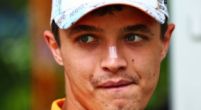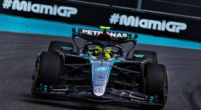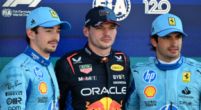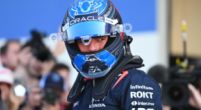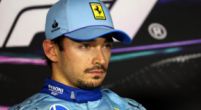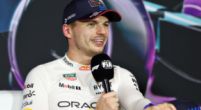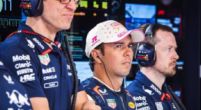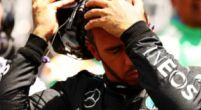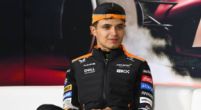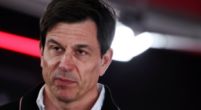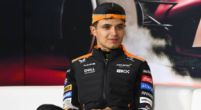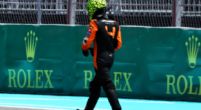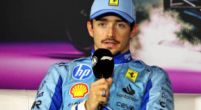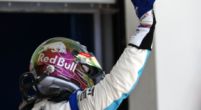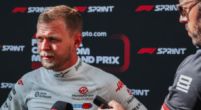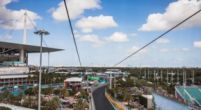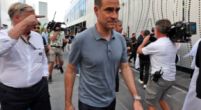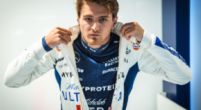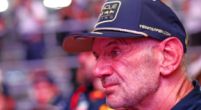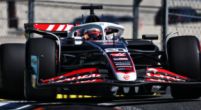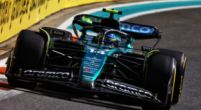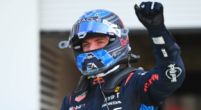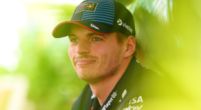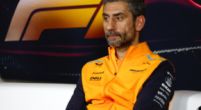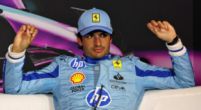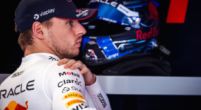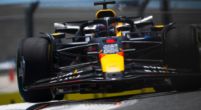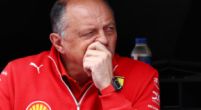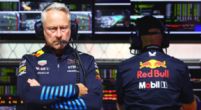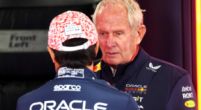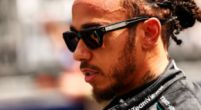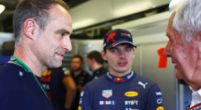Tech

Tech Analysis | Solving this issue might allow Ferrari to battle Red Bull
Charles Leclerc has secured P2 in both qualifying sessions, getting relatively close to beating Max Verstappen in qualifying. But Red Bull's race pace is so superior that the Italian team are nowhere near the Dutchman on the day points are scored. Sergio Perez also managed to climb places in both Grands Prix. Leclerc suffered in waking up his tyres both in qualifying and in the race despite having a higher downforce rear wing. Is this why Ferrari couldn’t match Red Bull’s pace in Saudi?
The RB20 is an engineering masterpiece
Red Bull have to be praised. They have the most complete package on the whole grid. The RB20 has been the most “efficient” car all weekend, with a very high level of downforce generated in the first sector (the one characterised by the fast sequence of fast and flowing corners), with still a very high top speed at the end of the straights.
Here lies the big advantage of the revolutionary car designed by Adrian Newey’s team: a perfect interaction between the aerodynamic package and the mechanics allows the engineers to run the car at a very low ride height (generating a big low-pressure area under the floor and thus a lot of downforce) without having vein detachment and stall problems, and have very high top speeds thanks to the low draggy nature of the RB20.
The suspension system (both front and rear) is key to putting the tyres into the correct working window and making all the different compounds work, regardless of the external conditions. The result of all this technical greatness is a car that is extremely strong in all the fundamental aspects (aerodynamics, tyres, mechanics, engine), which gives the team such an advantage that it will be difficult for the others to catch up before the big revolution in 2026.
The 1-2 in Saturday’s race is only the tip of the iceberg, as the team made small circuit-specific changes to the already strong RB20. This included a different rear wing and beam wing. The rear-wing main plane had a rather deep spoon with a very pronounced chord across the entire width of the profile. However, it had a shorter chord than the version used in Bahrain and had a less upward-sloping leading edge. The peculiarity of this airfoil led in the wing tip, which is still quite loaded, but has a completely flat leading edge to reduce drag.
The team decided to adopt a very similar version of the beam wing to the one used in Bahrain. Both elements had a reduced chord (i.e. distance between the leading edge and the trailing edge) to reduce drag as much as possible.
This solution worked well, providing enough rear grip to keep the car stable in all the fast corners and very good traction out of the slow hairpins.
Ferrari with a lack of rear grip
Ferrari decided to adopt what seemed like a “conservative approach” on Thursday, where they decided to keep using the medium downforce rear wing already seen in Bahrain. In fact, they were expected to adopt it only in the first session, mainly to give their drivers the confidence to adapt to the dirty track, before switching to a lower downforce one that better suited the low deg Jeddah Corniche Circuit. However, in FP2, the team only tested the single-element beam wing (right part of the drawing below), which was then kept for the rest of the weekend, as it reduced the drag generated by the car (as there was less surface) and was an extension to the diffuser, useful for the rear flow extraction.

However, after Friday, the recurring question in the paddock was: “Why didn't Ferrari use the low downforce rear wing which they brought to Jeddah?” The answer to this question was given by Charles Leclerc during the usual post-qualifying interview on Friday, when he had a lot of problems waking up the new soft tyres: "The first lap in Q3 we tried something different doing a preparation lap but that didn't work out well for us.”
Ferrari, in fact, suffered a lot in putting the tyres into the right operating window all weekend due to the very low abrasive asphalt and the lack of rear grip, which resulted in very slow first laps on the new tyres, as happened during the race. The cause of this struggle is probably the new rear suspension: during the winter Ferrari tried to work hard on the rear suspension system (keeping the pull-rod scheme) to improve the behaviour of the car in all high-speed sections without giving up the already good response in the slow speed that the SF-23 proved to have last year. However, the right setting still needs to be found, as the SF-24 has shown a lack of grip at the rear end since the first race last week in Bahrain.
As a consequence, the engineers decided to keep the medium-downforce rear wing during last weekend in Jeddah to have more load at the rear. This would have allowed the car to be better balanced and to have more grip, especially in the first sector, while still losing a bit of time in the straights.
Despite this lack of mechanical and aerodynamic grip, the SF-24 proved to be a very “good” car to drive, as shown by Bearman’s astonishing performance both in qualifying and in the race. This is clearly a good sign for Ferrari, as it means that they have a good basis to develop throughout the season to solve their problems first and then get closer to Red Bull in front.
Having a “good basis” with a very strong and drivable car allows the Scuderia to easily be the first team behind Red Bull, with quite a big gap to their competitors (Mercedes, McLaren and Aston Martin) behind, as a consequence of the impressive job did during the winter.
In conclusion, a quite flat race gave us a lot of food for thought on the actual strengths and weaknesses of all the top team cars, thus allowing us to understand where all the teams behind Red Bull need to improve to have more exciting and fun races (let’s hope) as the season goes on.



